Humble superheroes needed
Edited on
20 June 2019While the URBACT’s Good Practice Transfer Call is open and ahead of the launch of URBACT’s Good Practice Transfer projects, Eddy Adams considers some of the challenges they may face in the endeavor to transfer practices from city to city. Specifically, he considers the important role that experts facilitating the process can bring. This article builds on the experience of Pilot Transfer Networks and on discussions that took place in Tallinn at the recent URBACT City Festival, on the URBACT transfer mode.
It’s more than just a case of copy and paste

Transplants are rarely easy. Whether we’re talking about hearts, hair or roses, it’s a complicated business. Success needs careful preparation. An appreciation of the context in which this organism has originally developed also helps. Perhaps most importantly, it also requires a thorough understanding of the potential new home environment, and the local push and pull factors that will shape the transfer process.
We might think of the transfer of urban practices in a similar way. Although not living organisms, they develop and grow in a particular environment. Their evolution and eventual shape reflect their local ecosystem. The social, cultural and economic context will all have had an influence. The governance arrangements will also have played their part. And that’s before we even starting thinking about the chemistry amongst the key people involved.
URBACT currently has a call open for Good Practice Transfer networks. Over a thirty month period up to 25 URBACT Good Practice cities will look to transfer their model to peers across Europe. Each of these city networks will have access to expert support from the URBACT pool. But how can they make sure they optimize this valuable resource? In this article we will consider the key lessons learned from our transfer pilots in relation to the use of experts and reflect on how to optimize this resource.
The Human Swiss Army Knife or A Super Power team – rolled into one
URBACT has many years experience working with Experts. We know that the most effective ones are thinkers and doers. They combine a strong subject knowledge with an ability to get things done. They are well-organised, good listeners and able to think on their feet. Effective communicators, they specialise in conveying complex issues in plain language. They can also troubleshoot and, when required, draw upon exemplary levels of tact.
Packaging all of this in one person is a tall order. And when we ran the transfer pilots we discovered additional elements that were particularly important for effective experts in these network types. So here are the superpowers that we hope our experts will bring to these new networks starting in spring 2018.
The Decoder
One of the most important lessons from our transfer pilots was the need to clearly codify and articulate the target good practice. A clear description, that takes account of every aspect, forms the foundation of a successful project. This might sound easy, but our pilot experience proved otherwise.
People who are deep inside a practice may not always be the best ones to describe it to outsiders. Although they will have a deep understanding of the practice – its genesis, evolution and outcomes – this can make it hard for them to give a detailed explanation to others.
There are things that we all do so routinely and often that we can’t conceive of other ways to do them. Equally, during the busy development stage of a project there may be so much going on that some key details may be lost. These might include things we tried but abandoned because they didn’t work.
This experience, and the deep learning that comes from it, is important to capture, understand and share at the start of a transfer network. Without this, and the resulting analysis of the good practice journey and format, there is scope for misunderstanding. This risk is a constant in transnational working, but it is especially critical in this kind of transfer exercise, where clarity is vital.
As a programme, URBACT has applied the learning from the transfer pilots to the new network model. The most evident example was the way in which we uncoupled the Good Practices from the networks. This was to allow time for those good practices to be shared, described and understood. Consequently, following an initial Call we now have a pool of good practices and a second call in which they are invited to develop transfer networks. Although only an URBACT good practice city can lead one of these networks, any city can be a transfer partner.
Once those networks are up and running, the URBACT Expert has a central role to play in establishing the conditions for a successful transfer network. This clear detailed description of the good practice is the first stage in this, providing the foundation for future collaboration. The ability to listen, distil, understand then playback are all part of this initial articulation process.
Imagine someone dismantling a complex machine. They then lay all of the pieces on the floor before putting the whole thing back together. As they do, they ask lots of questions: “Where does this go?” “What does it do?” “Why does it go there” “What would happen if it wasn’t there - or was somewhere else?” With childlike curiosity, they build a detailed understanding of the machine and its component parts. In fact they understand it so well that they can now explain it in granular detail to others – sometimes even better than those who designed and manage it.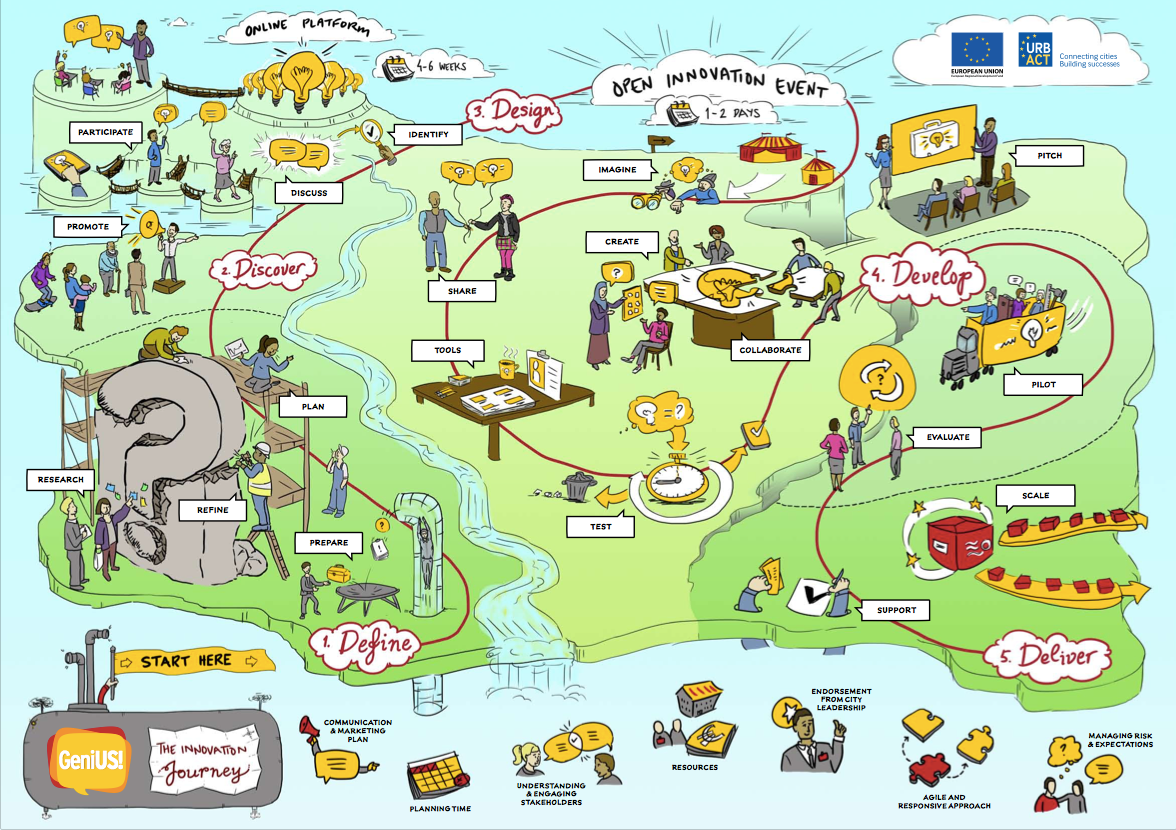
The initial expert role here is to help externalize all of the knowledge, learning and experience that has gone into creating that successful practice. It is also then to explain it in ways that a diverse audience – each processing the story through their own filters – can understand. There are many ways to do this. An obvious one is through translating the story into various target languages. Another is to convey the good practice story through visual images. This is what York did, as lead partners of Genius Open, to help explain their approach to their diverse network partners – Tallinn, Siracusa and San Sebastian.
So, the first super power we expect from our experts is that ability to De-code.
X-Ray vision
Picking winners is always a risky business. When it comes to transfer networks, its not always easy to know which projects will take root where. We may have assumptions when cities line up at the start, but our pilot experience shows that they don’t always finish where we might expect.
Assessing the transfer potential of each Transfer City is one of the URBACT expert’s core tasks. This means investigating the conditions that will affect the good practice’s prospects to transfer and thrive. Thinking about this, a number of factors are in the frame.
One of these is the relevance of the practice to the Transfer city; how big a problem is the challenge it addresses? Another is the level of political. The best ever practice will struggle to take root in an environment where that political support is absent. Linked to this is the question of resources: has the Transfer City the necessary resources required to get the transferred practice off the ground and sustained in future?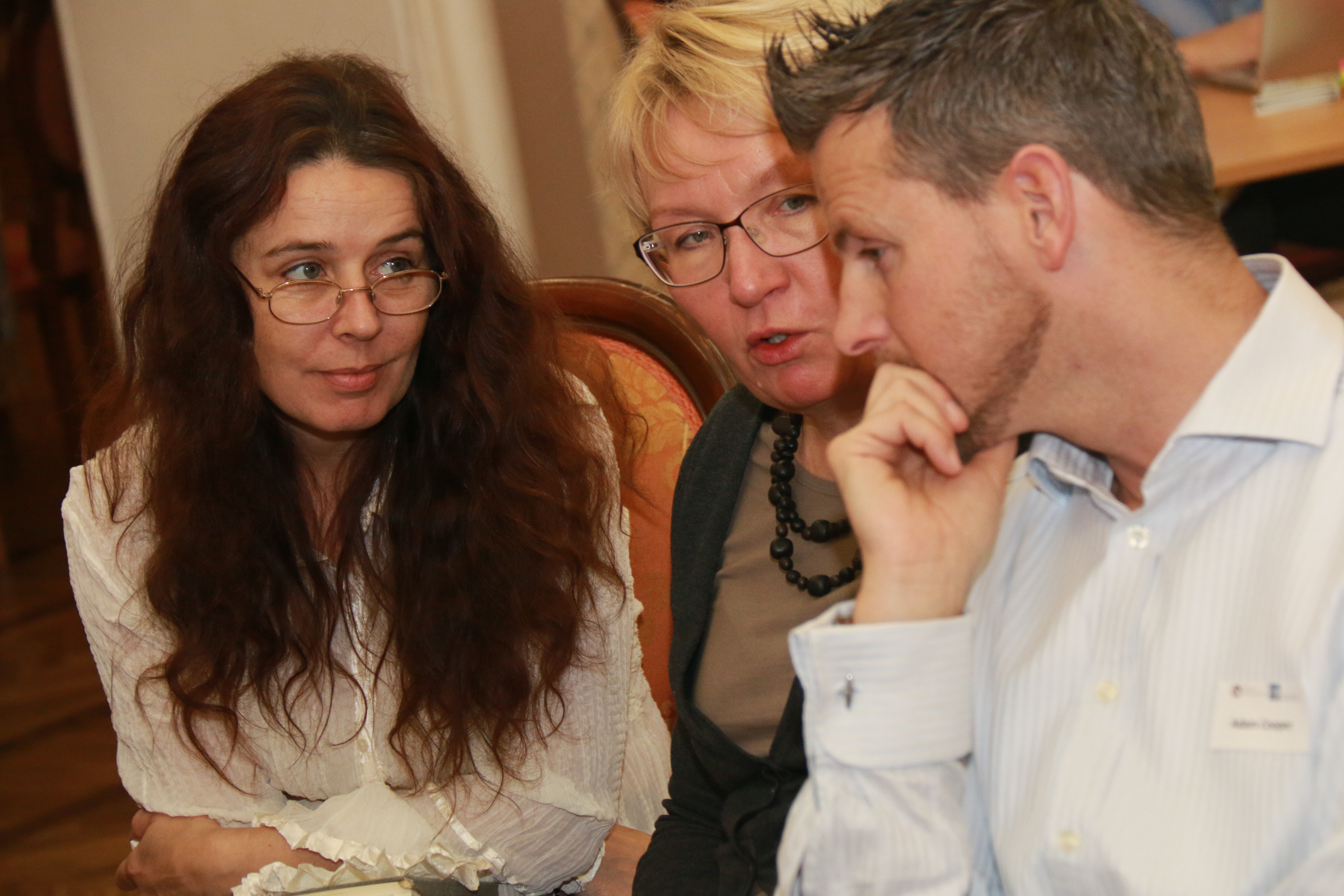
Transfer Network Experts will address these questions through a variety of activities. These will include desk research undertaken using existing data and information as well as material gathered from the Transfer City representatives. The most important source however will be the expert’s visit to each of the potential Transfer Cities. As part of this, the expert should meet with as many relevant local stakeholders as possible, including elected officials – particularly as local partners may struggle to do this themselves.
These local meetings are the place to ask frank and direct questions. The expert should be 100% confident that each city has the commitment and resources to assume an active role as Transfer Partner. So, this role requires individuals who are assertive, well-organised and not afraid to ask difficult questions. They must have a talent for cutting through obstacles in order to get to the truth.
So, the second superpower talent we need is that of having X-Ray vision.
The Method Guru
In the context of Transfer Networks, the question of How is perhaps as important as the question of What? We’ve already established that transfer is a complex and messy business. There are few hard and fast rules. However, we do know that methodology matters. A lot. Transfer does not magically happen without a clear structure.
An effective transfer methodology will be unique to each network. It is contingent on the distinctive chemistry that each transnational group of cities creates. The approach will also take full account of the good practice at the heart of the network. What is the essence of the practice? What elements are more easily transferable? Which parts might be harder to replicate? What adaptations will have to me made?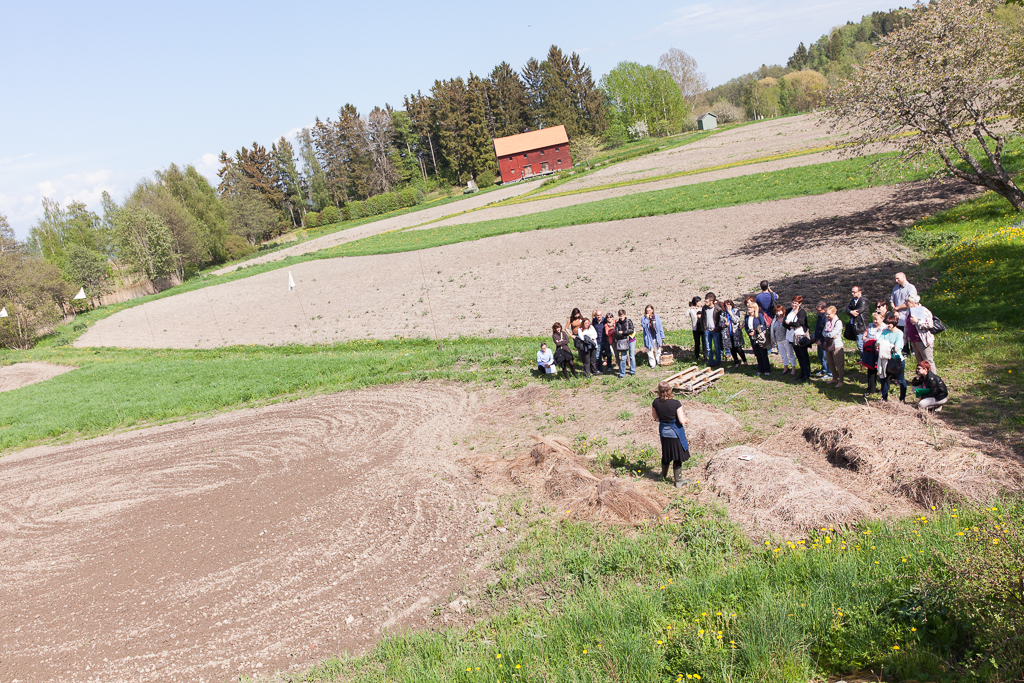
In our City Festival we outlined two distinct approaches which were evident in the transfer pilots. One could be called the carousel model, where every partner visits every (or most) other partner cities. This method resembles the traditional network activity patterns established in the URBACT Action Planning Networks (APNs). The alternative model, which we might call the radial model, is where only the Lead Partner visits each Transfer City – although all partners will come together at the start and finish.
Both of these approaches have their pros and cons. Between them are hybrid variations that mix and match aspects of each model. The final decision on methodology come down to each and it will be the Expert’s role in determining and justifying the selected approach. Equally, the repertoire of methods used to get under the skin of the good practice needs to be appropriate. Peer-review is an effective technique, used by many city-learning networks. Others include the walkshop, where participants discuss the project in situ. The TUTUR project, led by Rome and exploring Bremen’s re-use of empty public spaces, mobilised this technique effectively. (link to the blog article which will be published this week too)
Any network’s methodological approach also needs to reflect the starting point and readiness of the Transfer Cities. Where are the opportunities for quick wins and an easy fit? Which assets does the Transfer City bring to the process? On the other hand, what are the potential blockers and how do we bake in approaches to tackling these? Critically, how far might each Transfer Partner go in terms of adapting and implementing the practice.
In the Diet for a Green Planet pilot project it was evident that Mollet de Valles in Catalonia was at a high stage of transfer readiness. Political commitment was strong. There was a large eco-parc on the city’s periphery that could potentially become a source of affordable locally supplied organic produce to local schools and residential care homes. Although there were barriers to address – such as the public procurement model – the stage was set for what later became a highly successful transfer example.
Consequently, the superpower for our Experts is that of Methodological Guru.
The SuperCoach
URBACT networks are intensive experiences. In particular, the relationship between the Lead Partner (Good Practice City) and the Expert is one which can be tested to the point of destruction. So, as we discussed in Tallinn, the chemistry between them really matters. This is as much a people thing as it is a professional thing. Think of it almost like a marriage…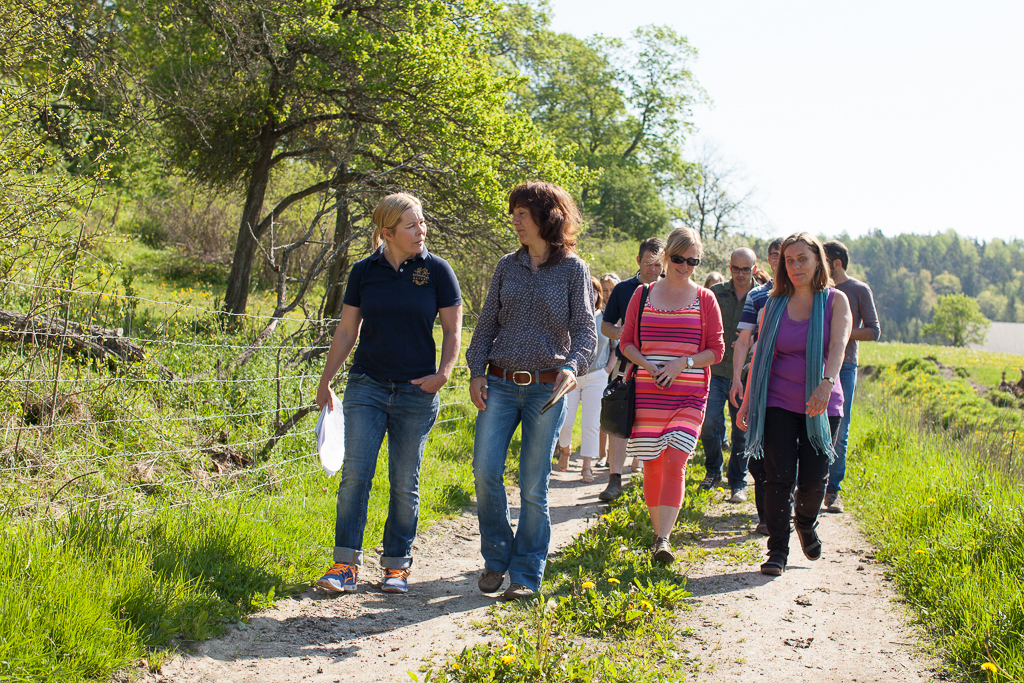
The Expert’s way of working is a factor in this and here the word ‘Expert’ can be unhelpful. What we saw in the effective transfer pilots was not an approach where some technical superexpert brought in all of the answers. Rather, it was those who brought more of a coaching approach that helped cities most effectively. "Humility with competence" was how someone described it.
The ability to listen, process and reproduce content effectively has already been touched upon. Empathy is also important. Being able to walk in the shoes of and get inside the heads of the transfer cities makes a huge difference. Perhaps most of all, the ability to get alongside partners and to help them find their own transfer mechanism is vital. A trusted relationship is the key to this and what the pilots showed us was that although trust always matters in networks, it has particular value in the case of transfer activity.
So our final superpower is that of the supercoach.
It’s a big ask….
URBACT cities tell us that they love working with our programme. They also tell us that we push them hard and have high expectations. We think that’s a good thing – which we don’t plan to change!
So, if you’re a city thinking about leading a transfer network, or one hoping to transfer another good practice, we hope this article will help you get the best out of your expert. If you’re working outside the URBACT programme, we hope that our lessons provide food for thought on how to lubricate the wheels of city-to-city learning, through the use of third parties.
Finally, if you see yourself in our expert profile and have some superpowers to share, we’d love to hear from you!
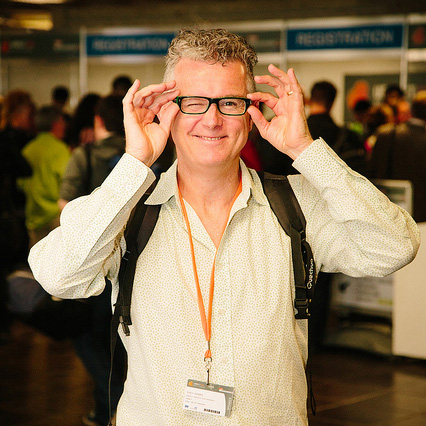 Submitted by Eddy Adams on
Submitted by Eddy Adams on
